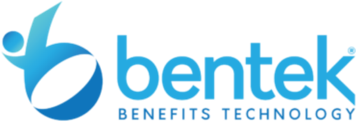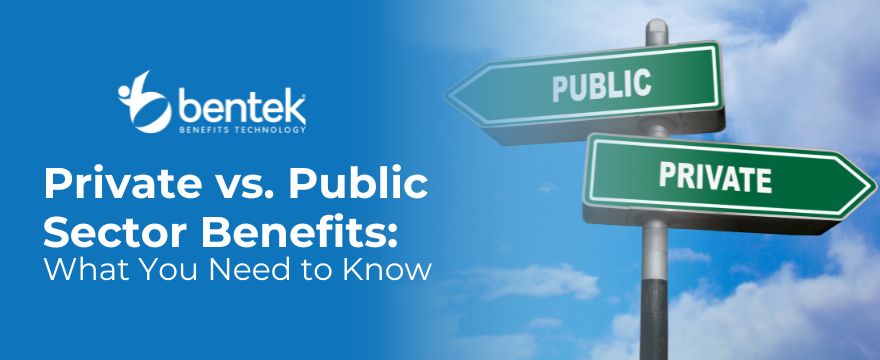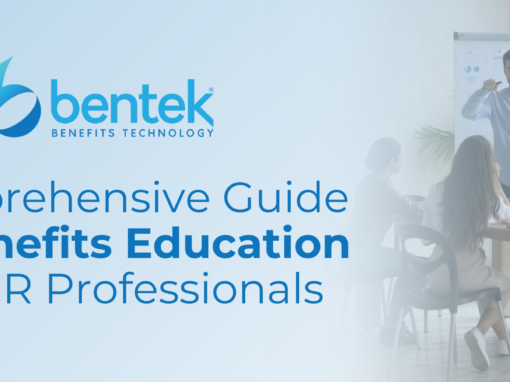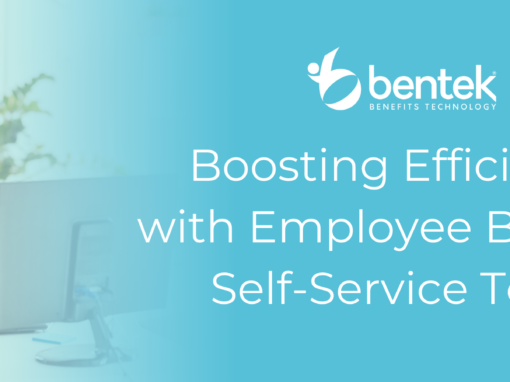Benefits administration is a critical aspect of any organization’s human resources management. However, it is important to note that private and public sector benefits are inherently different from one another.
According to Statista, there are over 22 million people in the U.S. working in public sector positions. Understanding the variances between the public and private sectors is crucial, as they not only impact the financial health of the organizations but also the well-being of their employees.
In this article, we will explore the significant differences between public and private sector benefits and why it is essential for benefits administrators to be well-versed in these distinctions.
Understanding Private vs. Public Sector Benefits
Funding
One of the most fundamental differences between public and private sector benefits is the source of funding. In the public sector, benefits are often funded through taxpayer dollars. These benefits include pensions, healthcare plans, and other post-employment benefits. In contrast, private sector benefits are typically funded through the organization’s financial resources and contributions from employees. This variation in funding mechanisms means that public sector benefits may be more stable and less susceptible to economic downturns.
Pension Plans
Public sector employees often enjoy more generous pension plans than their private sector counterparts. Public pension plans tend to be defined benefit plans, where retirees receive a predetermined amount based on their years of service and final salary.
Private sector pension plans have been shifting throughout the years towards defined contribution plans, such as 401(k) plans, which place more responsibility on the employee to save and invest for their retirement.
Job Security
Job security in the public sector is typically higher than in the private sector. This increased job security can be seen as a form of benefit in itself, as it provides employees with stability and protection against layoffs and downsizing. This can have a significant impact on employee well-being and job satisfaction.
Compensation Structure
Public sector employees often have a different compensation structure compared to private sector employees. Whereas private sector compensation may include bonuses, profit-sharing, and stock options, public sector employees may receive more fixed compensation and have limited access to these additional financial incentives. While there are advantages to both sides of the compensation structure, this distinction can affect the overall income and wealth accumulation of employees.
Unionization
Public sector employees are more likely to be unionized compared to private sector employees. Unions negotiate on behalf of their members to secure better wages, benefits, and working conditions. This means that public sector employees may have more collective power to advocate for improved benefits compared to their private sector counterparts.
Health Insurance
Health insurance can vary significantly between public and private sector employees. In general, public sector employees often enjoy more comprehensive health insurance coverage with lower out-of-pocket costs and access to broader networks of healthcare providers. This typically results from the stability and security offered by government-funded programs.
In contrast, private sector employees may have a wider range of health insurance options, but they might encounter higher deductibles, co-pays, and premiums, reflecting the cost-sharing nature of their employer-sponsored plans. These differences in health insurance offerings can have a substantial impact on the overall healthcare experience and financial security of employees in both sectors.
Why Knowing the Differences Matters
Benefits administrators play a vital role in an organization by managing the benefits package offered to employees. Understanding the differences between public and private sector benefits is crucial for several reasons:
1. Compliance: Benefits administrators need to ensure that their organization complies with relevant laws and regulations specific to their sector. Slight variations in compliance laws exist between the private and public sectors, and violations can result in legal consequences and financial penalties.
2. Talent Acquisition and Retention: Recognizing the differences in benefits allows administrators to tailor their offerings to attract and retain the right talent for their sector. As highlighted above, there are several differences that some job seekers may find preferable compared to others. For example, public sector employers may need to emphasize job security and pension benefits, while private sector employers may focus on performance-based incentives.
3. Financial Planning: Administrators need to manage the financial aspects of benefits programs. Knowing the funding mechanisms and cost structures of public and private sector benefits is essential to maintain the organization’s fiscal health.
4. Employee Communication: Benefits administrators must effectively communicate the value of benefits to employees. Understanding the unique benefits of each sector enables administrators to provide more informed guidance to employees.
5. Adaptation to Trends: The benefits landscape is continuously evolving. Administrators must stay informed about industry trends and changes in public policies that can affect benefits in their respective sectors.
Significant differences exist between private and public sector benefits for employees and administrators. It is important for HR professionals to be well-versed in these distinctions to effectively manage and optimize their organization’s benefits programs. Understanding the differences between the public and private sectors is essential for benefits administrators to better serve their employees and contribute to the overall success of the organization they work for.
With so many variations existing between these two sectors, it is important to partner with vendors who understand your needs. Bentek is the LEADER in public sector benefits administration and is prepared to assist you at every step. Whether you need help with managing retirees or running data audits, Bentek is here to help. Interested in learning more about what Bentek can do for you? Contact us today!




